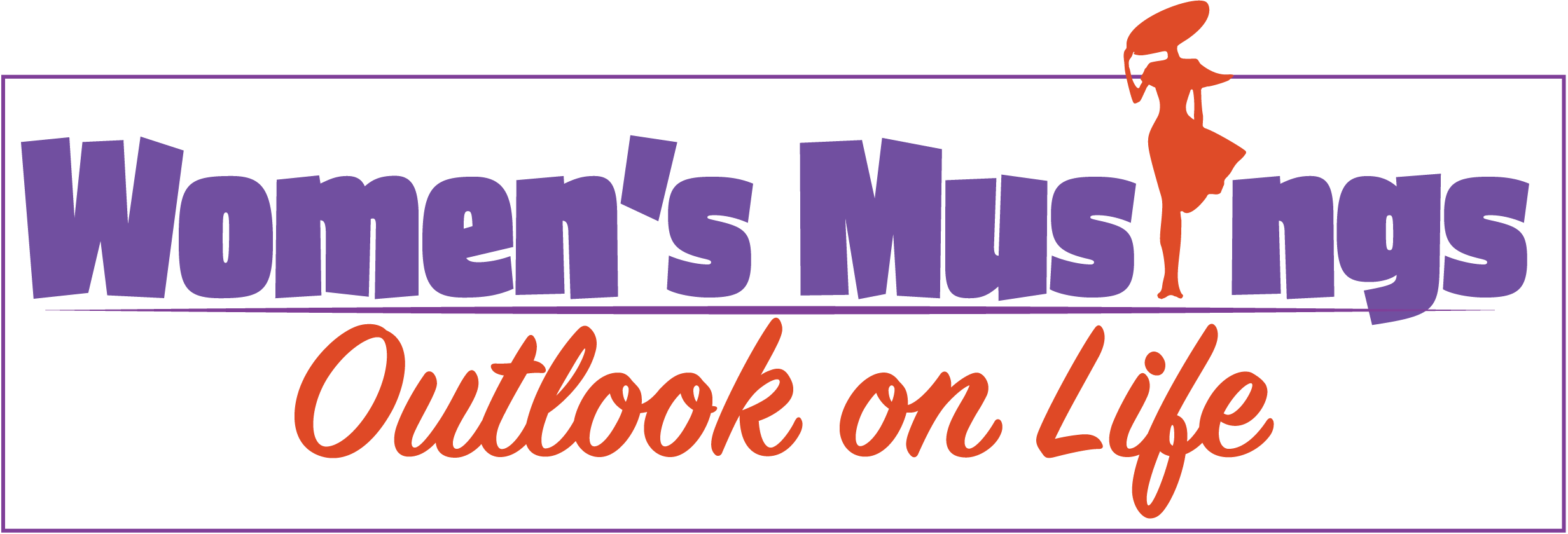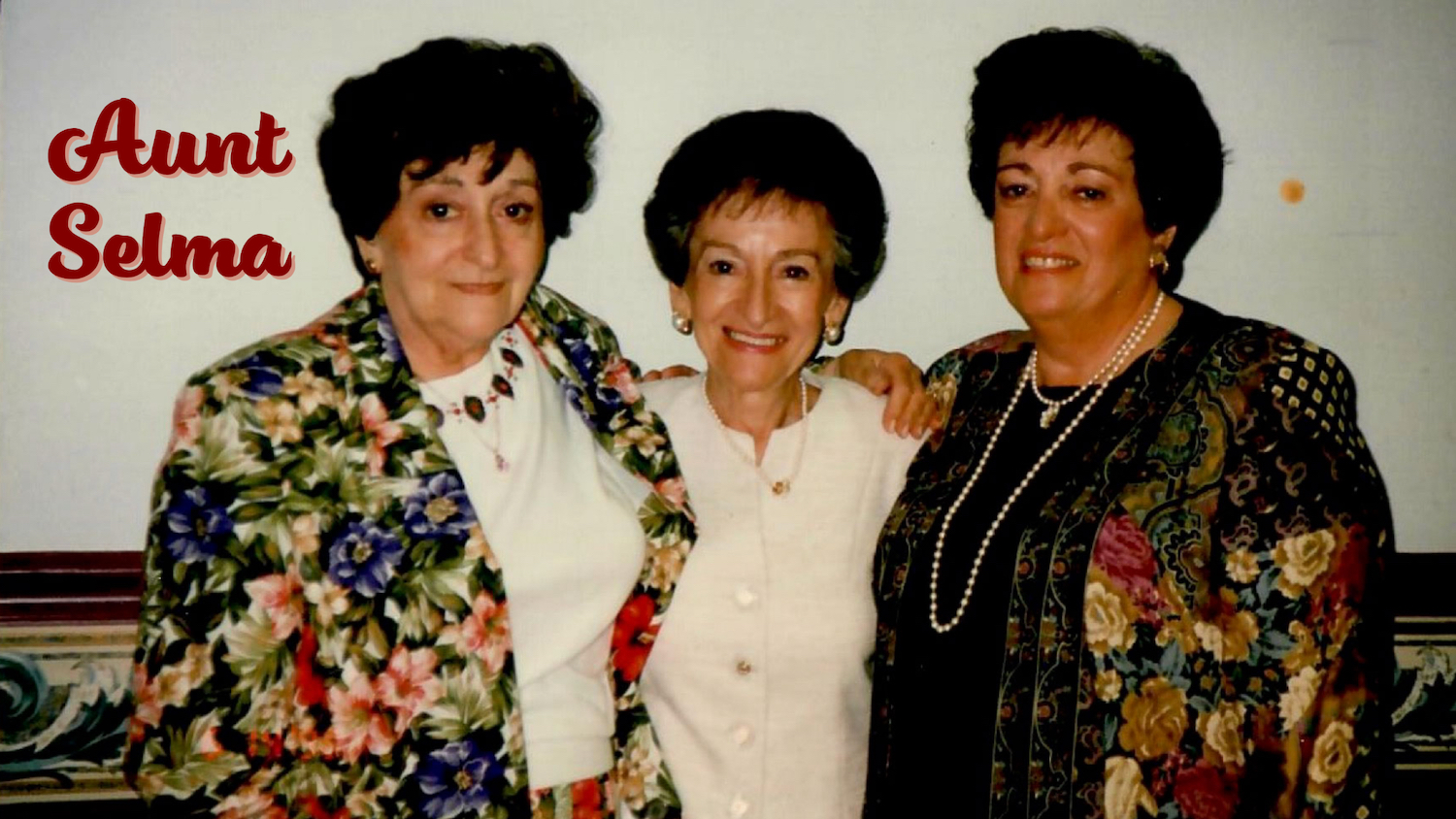A Woman of Valor / Eshet Chayil
A woman of valor who can find? For her price is far above rubies. The heart of her husband safely trusts in her, And he has no lack of gain. She does him good and not evil all the days of her life. Proverbs 31:10–31
How many of us have known a true woman of valor? My Aunt Selma was such a woman, and 14 years after her yahrzeit (anniversary of her death), it’s time to reflect on the eshet chayil I was privileged to know.
Aunt Selma wasn’t my biological aunt. She became a part of my life when I married her nephew 45 years ago. I was never an “in-law,” for we were “family.” Aunt Selma and I loved each other unconditionally. She was the biological aunt I never had.
Early Days
Aunt Selma was the oldest of four siblings, born and raised in Baltimore. The family lived across from Druid Hill Park, on Woodbrook Ave. Aunt Selma was a brilliant student. She graduated from Western High School at the age of 16 and won a scholarship to Goucher College.
Aunt Selma grew up in a warm family, an open home that was the center of the neighborhood. Her mother was a true balabusta (Jewish homemaker), traits that Aunt Selma emulated during her lifetime.
The Great Depression wiped out the family finances. Her father urged her to forgo college for business school. She needed those skills to get a job to help support the family. After all, she was the first born. It was her responsibility, therefore, to work and contribute to the family’s finances.
Married Life in the 1950s
Aunt Selma helped support the family until she met her future husband, Louis. They met in July 1947 and married that November. She was 29 and Louis was 40. He owned a grocery store in Hampton, Virginia. That’s where the newlyweds settled, first in an apartment and later, buying a house.
Jewish life in small-town Virginia wasn’t easy, but Uncle Louis and Aunt Selma made it work. They adored each other, facing many challenges together. Their life consisted of work, Shabbat (the Sabbath), work, Shabbat, work, Shabbat, etc. There was no “downtime,” no time for leisure pursuits and/or vacations.
Any time away from the store—usually every summer—was spent in Baltimore, visiting Aunt Selma’s two sisters, their husbands, and their kids. It was a special time for the siblings to catch up and for the cousins to get to know one another. Even today, the cousins still reminisce about the fun they had as one extended family.
As busy as they were, like Aunt Selma’s parents before her, they practiced hachnasat orchim (hospitality). Their house was open to all, especially the servicemen who passed through Hampton and the guests chazzanim (cantors) who came for the Jewish High Holidays.
Aunt Selma had little formal Jewish education, but her deep-rooted faith kept her strong, particularly after the birth of her son, Raphael. At the age of three months, he was diagnosed with a hole in his heart. Once a year, Aunt Selma took him to Johns Hopkins Hospital for follow-up, the closest medical facility that could one day possibly perform life-saving open-heart surgery. That day came when Raphael was nine years old. He was given a 25% chance of survival. While the surgery was successful, his recovery was long.
The 1960s and 1970s
Eventually, Aunt Selma and Uncle Louis decided to sell the grocery store. The competition from large chain grocery stores gravely affected their business. Just as she had as a young adult, supporting the family became her priority.
Ordinarily, a woman with a business school education would have taken a secretarial job. That was not Aunt Selma’s fate, however. Mary Jackson, the brilliant Black mathematician and engineer who worked for NASA (her story is told in the movie, Hidden Figures) lived down the street from the grocery store. She and Aunt Selma were friends, and Mary recognized that Aunt Selma’s intellect could be a gateway to a good career. She urged Aunt Selma to go back to school.
Aunt Selma and Uncle Louis discussed the idea of her returning to school but decided it was not the best option for the family. Instead, she took the Civil Service exam for a Federal job and subsequently was hired as a keypunch operator. However, according to Aunt Selma’s children, their mom had top secret security clearance. They suspect she was more than just a “simple” keypunch operator. When Uncle Louis began showing signs of dementia and could no longer be left alone, Aunt Selma took early retirement to be his primary caregiver.
The 1980s
Following Uncle Louis’ death in 1983, it was time for Aunt Selma to move to Baltimore. Both her sisters lived here, and her married children lived in New York and Mexico City. According to her daughter Bess/Batya, “Mama soared in Baltimore.” The opportunities for adult Jewish education were unlike anything in Hampton. She jumped into Baltimore’s never-ending world of Torah learning. Her life expanded exponentially. She reconnected with old friends and made new ones. She became active in local organizations, such as her synagogue Sisterhood, Amit Women, the Talmudical Academy Ladies Auxiliary and Women for Hebrew Youth (WHY).
Her life in Baltimore was full. She was the family seamstress – when you needed a dress made, altered or hemmed, you went to Aunt Selma. Want a fancy sweater? Her knitting needles came out. Having a party? She enthusiastically baked anything you needed for your simcha. Her specialty was her melt-in-your mouth ginger creme cookies.
She also began to travel. She took kosher trips across the country and accompanied the extended family on a month-long trip to Israel. According to my father, who helped organize the trip, she was the life of the party, always ready and enthusiastic for another adventure.
Illness caught up to Aunt Selma, and she recognized the need to relocate to her daughter and son-in-law’s home in New York. For three and a half years, Bess lovingly cared for her mother and forged a very special mother-daughter bond.
My Memories of Aunt Selma
I don’t remember when I met Aunt Selma; it was probably in 1975 when I was engaged to my husband. I recall a warm, vivacious, generous woman who was so talented, smart and wise. She was a straight shooter – she told you what she thought and exacted high standards from her family. As Bess says, “Mama had no schtick. She was yasher (straight).” Sometimes her straightness and bluntness were difficult to hear, but you knew she loved you deeply.
In a recent lengthy phone call (with many tears!) Bess filled me in on Aunt Selma’s upbringing and married life. After all, I knew her for only a short sliver of time. Several things she said were striking. I asked if Aunt Selma ever regretted not being able to go to college. Bess’ answer was, “I once asked her if she was bitter. She said to me, ‘How could I regret? Look at what I got!!’ ”
Aunt Selma saw her glass half-full, not half-empty. Monetarily she probably had less than her three siblings, but she generously gave back—tzedakah (charity), time and wisdom—more than anyone else.
Bess also told me that Aunt Selma loved me and felt we were “kindred spirits.” I cannot express how much those words mean to me. Aunt Selma was a friend and a confident, and she filled a hole in my life when my mother died at the “young” age of 76. She helped me through a very difficult time. I had no time to mourn my mother, as immediately after shiva, I became the principal caregiver for my dad, who had dementia. Daily life revolved around his needs and his confusion. Every day was a crisis, straightening out financial and emotional messes. Aunt Selma was my rock, my shoulder to cry on.
Shortly before she relocated to New York, Aunt Selma asked me over for lunch. Technically, I was entitled to a one-hour lunch break, but of course, lunch would last longer than that! We talked about many things, but one thing sticks in my mind. We discussed current events, particularly the events following 9/11. She said she was glad to be “old” and wouldn’t have much longer to worry about the state of the world. She felt bad for upcoming generations. As I reflect on the years since her death, it is easy to understand what she meant. Our lives seem to be filled daily with tragedies – wars, fires, hurricanes, tornados, COVID, ad nauseum.
Aunt Selma’s wisdom, generosity, friendship and open heart are precious to me. May her memory be for a blessing.
Aunt Selma’s Ginger Cremes Recipe
Sift together:
- 2 cups flour
- 1/2 tsp salt
- 1 tsp ginger
- 1/2 tsp nutmeg
- 1/2 tsp cloves
- 1/2 tsp cinnamon
Dissolve 1 tsp baking soda in 1/2 cup of hot water.
Place in Mixer:
- 1/3 cup Crisco
- 1/2 cup sugar
- 1 small egg
- 1/2 cup molasses
Cream the mixer ingredients together, and then add water and baking soda. Add the dry ingredients. Batter is runny—chill at least 1 hour.
Preheat oven to 375°. Lightly grease cookie sheet (or use parchment paper). Drop about 1 teaspoon of cookie dough, 2 inches apart on cookie sheet. Bake 8-10 minutes. Remove from cookie sheet and ice while warm.
Icing #1
- 1 cup sifted confectioners sugar (measure, then sift)
- 1/4 tsp vanilla
- 1 T plus Rich’s coffee creamer (or soy milk, rice milk, oat milk—something pareve)
If batter seems too thick, add more sugar. Apply with a knife or small spatula.
Icing #2—Cake Icing
- 1/3 cup margarine
- 3 cups sugar
- 1/2 tsp vanilla
- 1 tsp lemon juice
Mix and spread on warm cookies.
Please leave your comments below.
Read more by Eileen Creeger.


Eileen,
As the first Grandchild of the Lipnick Family I will tell you if you didn’t know Aunt Selma you certainly did from your very beautifully written article . She was one of my favorites along with Aunts Shirley & Gicki . Thank you too for the recipe . Bess told me that the recipe was on the Bisquick Box ?
What can I use in stead of crud o & margarine ?
Eileen, I like all your stories, but I especially like this one because I, too, had such an aunt, Aunt Lil. Perhaps this will inspire me to write about her. Thx for posting.